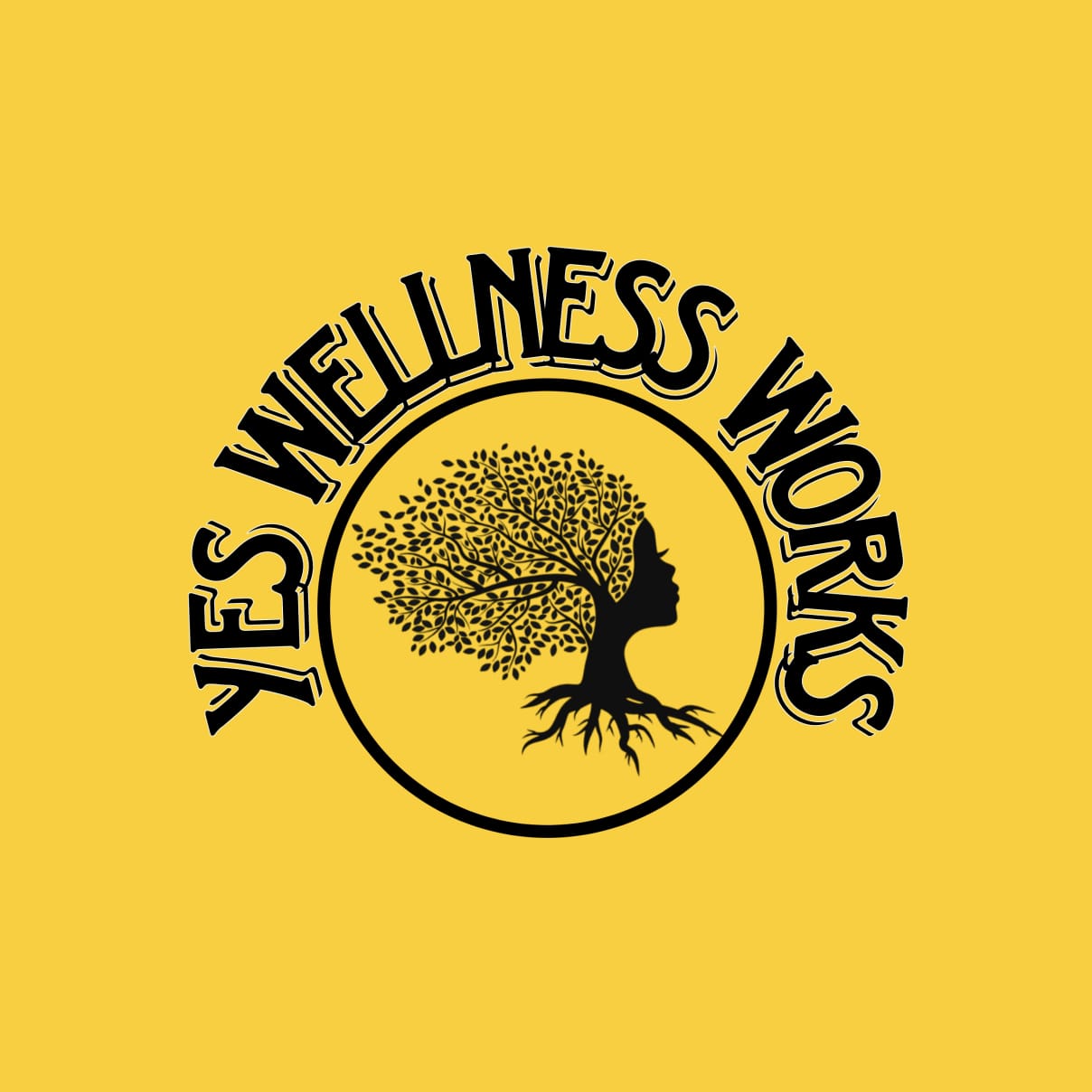
Lies: 7 Powerful Ways They Slowly Destroy a Child’s Identity and Trust
How Lies Become a Child’s Existence: Understanding the Journey from Innocence to Illusion
Introduction
Lying in childhood often begins as a harmless act—an attempt to avoid trouble, gain approval, or escape fear. But when lying becomes frequent and normalized, it no longer remains a temporary behavior. Slowly and steadily, it starts shaping the child’s identity, altering how they see themselves and how the world perceives them. What begins as a small untruth eventually becomes part of their existence.
In this blog, we will explore how a child starts speaking lies, why they begin to view it as normal, and how unchecked patterns of dishonesty can influence their entire life.
1. The First Spark: Why a Child Starts to Lie
Children are not born liars; they learn lying as a coping mechanism. A child may start lying in situations such as:
- Fear of punishment – A child spills milk but says, “It wasn’t me,” to avoid being scolded.
- Desire for approval – Claiming they did their homework when they didn’t, just to make parents or teachers happy.
- Imitation – Observing adults telling “white lies” like “Tell them I’m not at home” teaches them that lying can be acceptable.
At this early stage, lying seems like an easy escape. The child may not understand the long-term consequences, but they quickly notice its short-term benefits—less scolding, more appreciation, or avoidance of conflict.
2. When Lies Become “Normal”
The shift happens when lying no longer feels like a wrong act but rather a practical solution. Repeated reinforcement plays a big role. For example:
- If a child lies and faces no consequence, they learn it works.
- If a lie brings reward or relief, it strengthens the behavior.
- If they see adults lying regularly, the moral confusion deepens.
At this stage, lying becomes less about fear and more about convenience. The child starts believing, “This is how the world works. Everyone does it.” The danger lies in how this normalization rewires their thinking. Truth becomes optional, and dishonesty becomes an everyday tool.
3. The Slow Shift: Lies Blending with Identity
When lies become habitual, the child begins to blur the line between truth and falsehood. This can manifest in different ways:
- Self-protection – Constantly lying to avoid criticism.
- Self-image building – Pretending to be smarter, richer, or more capable than they really are.
- Manipulation – Using lies to control outcomes in relationships, studies, or friendships.
Over time, the child no longer lies just to cover mistakes; they lie because it feels natural. Truth becomes uncomfortable, while lies feel safe. This is the turning point where dishonesty is no longer just behavior—it is becoming part of their personality.
4. The Emotional Toll of Living in Lies
Although lying might seem like an easy solution, it carries a heavy emotional burden. A child who constantly lies may experience:
- Anxiety – Fear of being caught or exposed.
- Confusion – Difficulty separating what’s real from what’s fabricated.
- Loneliness – A fear that if people knew the truth, they wouldn’t accept them.
- Shame – Deep inside, they may feel guilty, even if they never admit it.
This inner conflict creates stress and can even affect academic performance, friendships, and family relationships. The child slowly loses their authentic self in the layers of stories they’ve created.
5. Family and Social Settings Where Lies Grow
The environment plays a powerful role in shaping this behavior.
- At Home: Overly strict or overly permissive parenting can both encourage lying—either to escape fear or to exploit leniency.
- At School: Peer pressure can push children to lie about grades, lifestyle, or habits to fit in.
- Among Friends: Lies may be used to gain acceptance, look “cool,” or hide insecurities.
- In Society: When children witness dishonesty around them—be it in family, media, or community—they begin to believe lies are the norm.
Thus, lying doesn’t develop in isolation. It is nurtured by the settings in which a child lives and grows.
6. How Lies Become Existence
By adolescence or adulthood, what started as occasional dishonesty can take the form of a deeply ingrained lifestyle. The individual may:
- Struggle with authenticity in relationships.
- Use lies to build self-worth, instead of genuine achievements.
- Feel trapped in their false identity, fearing exposure.
- Lose touch with their real emotions and values.
In this stage, lies are no longer a choice—they are a survival mechanism. The child who once lied to avoid punishment now survives by creating entire versions of themselves built on untruths.
7. Breaking the Cycle of Lies
While the journey of lies can be destructive, it is not irreversible. With guidance, children can unlearn dishonesty and reconnect with authenticity. Some effective steps include:
- Creating a safe space – Parents and teachers should encourage truth without harsh judgment.
- Modeling honesty – Adults must demonstrate that telling the truth is valued more than perfection.
- Reinforcing courage – Appreciating a child’s honesty, even when they admit mistakes, helps build trust.
- Counseling support – In cases where lying has deeply affected identity, therapy can help children rebuild self-worth without dishonesty.
The key is to replace fear and insecurity with acceptance and love. When children know they are valued for who they truly are, the need for lies decreases.
Conclusion
Lying may begin as a small escape, but if left unchecked, it grows into a powerful force that shapes a child’s personality and life. The process is slow, steady, and often invisible until it becomes their very existence.
As parents, teachers, and caregivers, our responsibility is to notice these early patterns, understand the reasons behind them, and guide children toward authenticity. Every child deserves to grow up knowing that truth is not a threat but a strength. By fostering trust and acceptance, we can help them live a life where honesty defines their existence—not lies.

